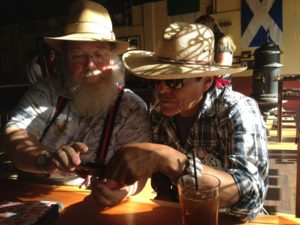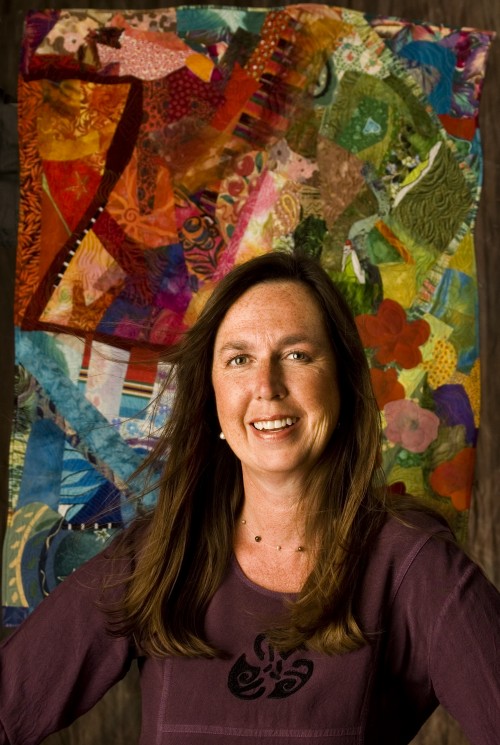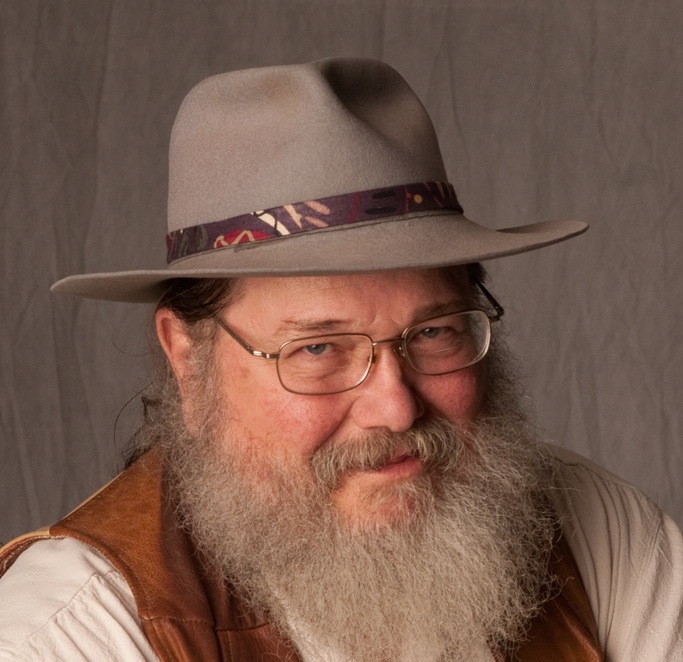 Flagstaff Letter from Home recently posted its 500th column on the website FlagstaffLetterfromHome.com, where each column has been archived since late 2009. Ten Flagstaff writers, usually five at a time, have been rotating on a weekly basis since the column first appeared in May 2008. This week, two of the original writers – “homer”s – reflect on that milestone.
Flagstaff Letter from Home recently posted its 500th column on the website FlagstaffLetterfromHome.com, where each column has been archived since late 2009. Ten Flagstaff writers, usually five at a time, have been rotating on a weekly basis since the column first appeared in May 2008. This week, two of the original writers – “homer”s – reflect on that milestone.
To be a homer is like being a member of a secret society. To each other, we pledge our troth: to have faith in one another’s writing, to step up when crises arise, to edit when necessary, to show up at Uptown Pubhouse when a meeting of the Sacred Order of the Homers is called.
To our audience, we pledge our authentic voices and writing that’s as good as we can muster. The topics for these columns? Travel, home, botany, family histories, religion, politics, natural history, poetry and language, trees, the border, philosophy, economics, music, gardening, relationships, birth and death, Grand Canyon, ego, snow, corn (always corn!), sleep, censorship, teaching, looking, seeing, bullies, hats, dreams, horses, myth and moon.
Our editors, first Ryan Heinsius, then Andrew Wiszneiwski, and now MacKenzie Chase mostly gave us free rein. Hardly anything is off limits, and no topic is too trivial.
Tony, on what he sees from his kitchen window: Beneath severely-pruned plum and apple trees, a weathered board fence encloses a yard filled with plants, rocks and a bench. The fretted twigs of those trees are silhouetted again the corrugated tin shed roof across the alley. That roof is an epistle of oxidized silver and rust. Beyond, elms and aspen weave a wall with fir and Ponderosa pines. An unkindness of ravens holds court on the phone wire.
What does it all mean? Not that much, but also, everything.
Through this writing, we bear witness and tell stories without any pressure to tackle the big questions; magically, the writing addresses big ideas anyway. We inhabit these places and these stories, but they also inhabit us. Storytelling is how we make sense of the world. Storytelling is how we put ourselves and our experiences in context.
Darcy, on the writing process and coming up with ideas: Tony and I agree that we learned a lot about our respective writing processes in the years when we wrote regularly. My process went something like this: for a few days, I dedicated myself to fretting. Deadline looming, I’d settle on a topic which was sometimes just a collection of words and phrases. Sometimes my theme transformed into something completely different by the time I edited, refined and completed the final version. I learned that I could, like Joan Didion, write to find out what was in my own mind.
Letter from Home is writing about community, about how we think, what and whom we think about. Those simple stories are often the most telling about what we value, and about how we spend our days, which, to quote Annie Dillard, is how we spend our lives.
Tony on process, deadlines and editing: Those deadlines gave me an opportunity to create a process. I carried (and probably still do) a backlog of personal experiences which suggested stories; the column gave me the opportunity to develop them. Meeting those deadlines gave me faith that I could do it. My editing skills got better, too. Shonto’s columns sometimes arrived raw and still smelling of the fire, in need of an editor’s gentle touch.
In The Mother of All Questions, Rebecca Solnit writes brilliantly about the costs of silence. We think we are the only ones who can tell our stories, but sometimes we must act by proxy, telling stories that others cannot tell. I take Solnit’s words as an imperative. Speaking up and out becomes a way of being seen and heard. Storytelling becomes a radical act.
In honor of all this – the trivial and the profound, the raw and the refined – we are celebrating with a not-so-secret meeting of our secret society at Uptown Pubhouse* this Friday at 5 pm. Please join us to raise a glass to stories and to those who tell them.
*Uptown Pubhouse is located at 114 N. Leroux St. in downtown Flagstaff.


